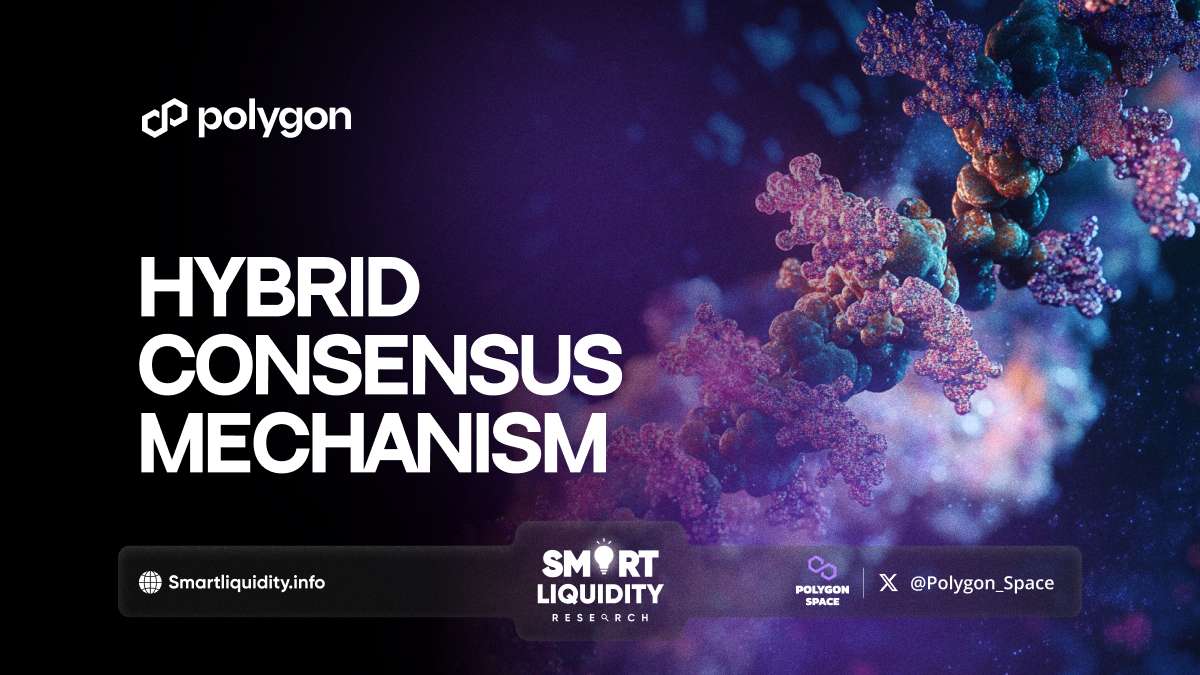Understanding Polygon’s Hybrid Consensus Mechanism


Polygon, a prominent layer-2 scaling solution for Ethereum, utilizes a hybrid consensus mechanism to enhance transaction efficiency and security. This innovative approach combines the best features of Proof of Stake (PoS) and Plasma, ensuring a robust framework for decentralized applications.
First and foremost, the hybrid mechanism allows for faster transaction confirmations. By leveraging PoS, validators are incentivized to participate actively in the network. Consequently, this leads to quicker block production and reduces latency. Additionally, the Plasma framework provides off-chain scaling solutions, which help alleviate congestion on the main Ethereum chain. Thus, users can enjoy faster and cheaper transactions.
Moreover, security is a significant focus in Polygon’s design. The hybrid model ensures that even if some validators behave maliciously, the network remains secure. This is achieved through the combined efforts of multiple validators who work together to validate transactions. Therefore, the integrity of the blockchain is maintained, fostering trust among users.
Furthermore, the flexibility of the hybrid consensus mechanism allows Polygon to adapt to changing network demands. As the ecosystem evolves, the mechanism can be fine-tuned to accommodate more transactions without compromising security. This adaptability is crucial in today’s fast-paced digital landscape.
In addition, developers benefit from Polygon’s user-friendly environment. They can easily deploy decentralized applications without worrying about high gas fees or slow transaction times. As a result, more developers are drawn to the platform, enriching its ecosystem.
In conclusion, Polygon’s hybrid consensus mechanism plays a pivotal role in its success. By combining the strengths of PoS and Plasma, it delivers speed, security, and scalability. Thus, it positions Polygon as a leader in the blockchain space, paving the way for a more efficient and decentralized future.




